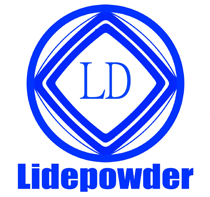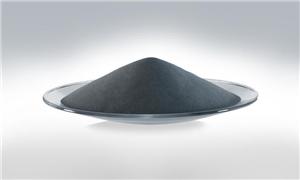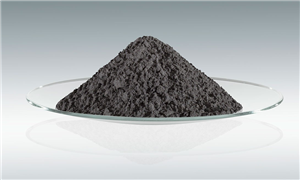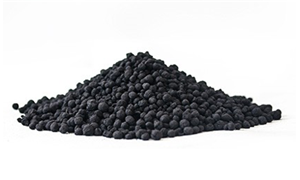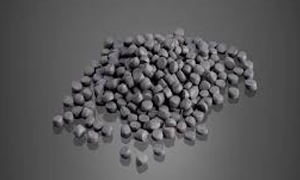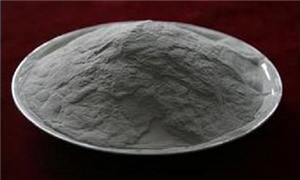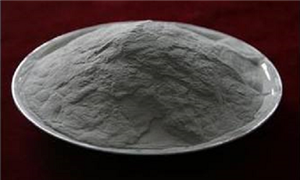- Home
- >
- News
- >
- Company news
- >
- The Convergence of MIM, 3D Printing, and Laser Cladding: New Opportunities for Powder Material Manufacturers
The Convergence of MIM, 3D Printing, and Laser Cladding: New Opportunities for Powder Material Manufacturers
1. Shared Demand for High-Quality Metal Powders
Despite differences in forming technology, MIM, 3D printing, and laser cladding all rely on metal powders with precise composition, purity, and flowability.
MIM requires fine, consistent powders (10–45 μm) for uniform injection and sintering.
3D Printing (especially SLM and DMLS) uses spherical powders (15–53 μm) with high flowability for layer-by-layer fusion.
Laser Cladding prefers slightly coarser powders (45–150 μm) to ensure good coating thickness and bonding strength.
For powder producers, optimizing particle morphology, size distribution, and surface cleanliness allows the same alloy system—such as 316L, 17-4PH, or CoCr—to be tailored for different processes.
2. Material Innovation Across Boundaries
With the growing overlap between these processes, powder suppliers are exploring hybrid powder formulations that can perform across multiple technologies.
For example:
17-4PH stainless steel can serve both MIM and SLM due to its balanced mechanical strength and corrosion resistance.
Cobalt-based F75 alloy is widely used in both MIM medical implants and laser cladding for wear-resistant coatings.
Ni-based superalloys originally developed for laser cladding are now being tested in binder-jet 3D printing applications.
This material cross-compatibility helps end users simplify procurement and testing, while enabling powder manufacturers to expand their product range efficiently.
3. Process Convergence Drives Supply Chain Integration
As industries pursue flexible manufacturing, customers increasingly expect powder suppliers to support multiple forming routes.
Aerospace, medical, and tooling manufacturers may combine MIM for small precision parts, 3D printing for prototyping or customization, and laser cladding for surface reinforcement—all using similar alloy families.
This creates a strong demand for integrated powder supply solutions with consistent chemistry, certification, and traceability across processes.
4. The Role of LiDe MIM Powder in the Evolving Market
At LiDe MIM Powder, we are committed to bridging these technologies through advanced powder metallurgy expertise.
Our product range includes:
MIM Powders: 316L, 17-4PH, 1.4957, F75 (CoCrMo)
Additive Manufacturing Powders: spherical 316L, 304L, and Inconel series
Laser Cladding Powders: Co-based and Ni-based wear-resistant alloys
By controlling atomization, sieving, and surface treatment processes, LiDe ensures consistent performance across multiple forming technologies, helping our customers reduce cost and accelerate innovation.
Conclusion
The boundary between MIM, 3D printing, and laser cladding is fading fast.
For powder material manufacturers, this is not a challenge—but a new era of opportunity.
By developing versatile, high-purity metal powders and understanding the requirements of each technology, companies like LiDe MIM Powder are paving the way for the next generation of smart manufacturing.
